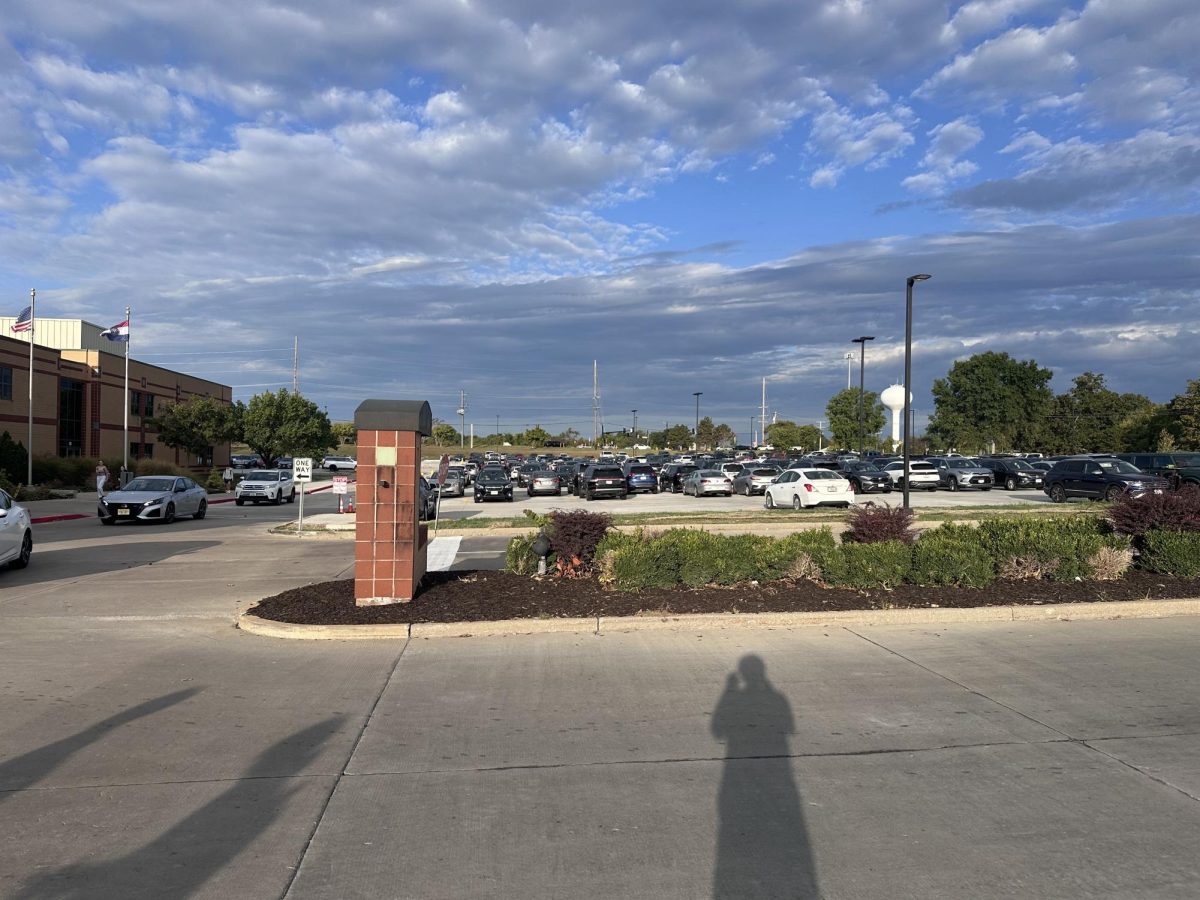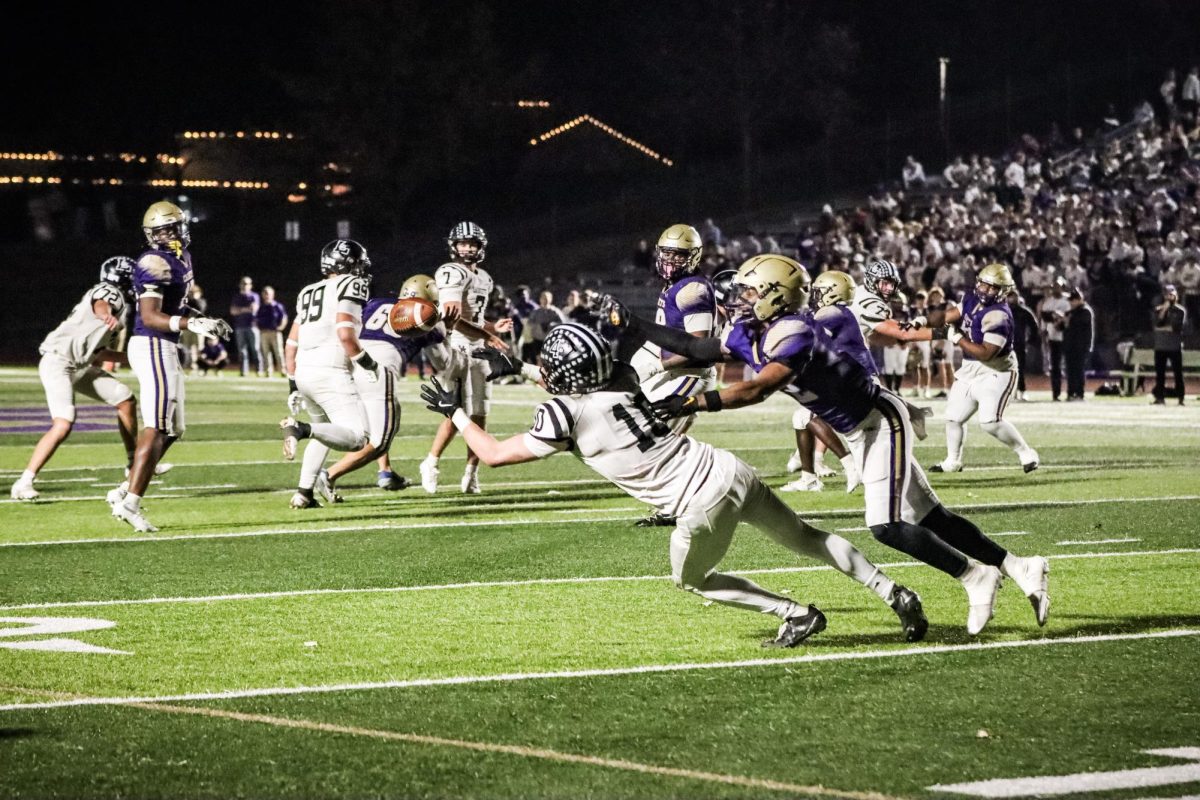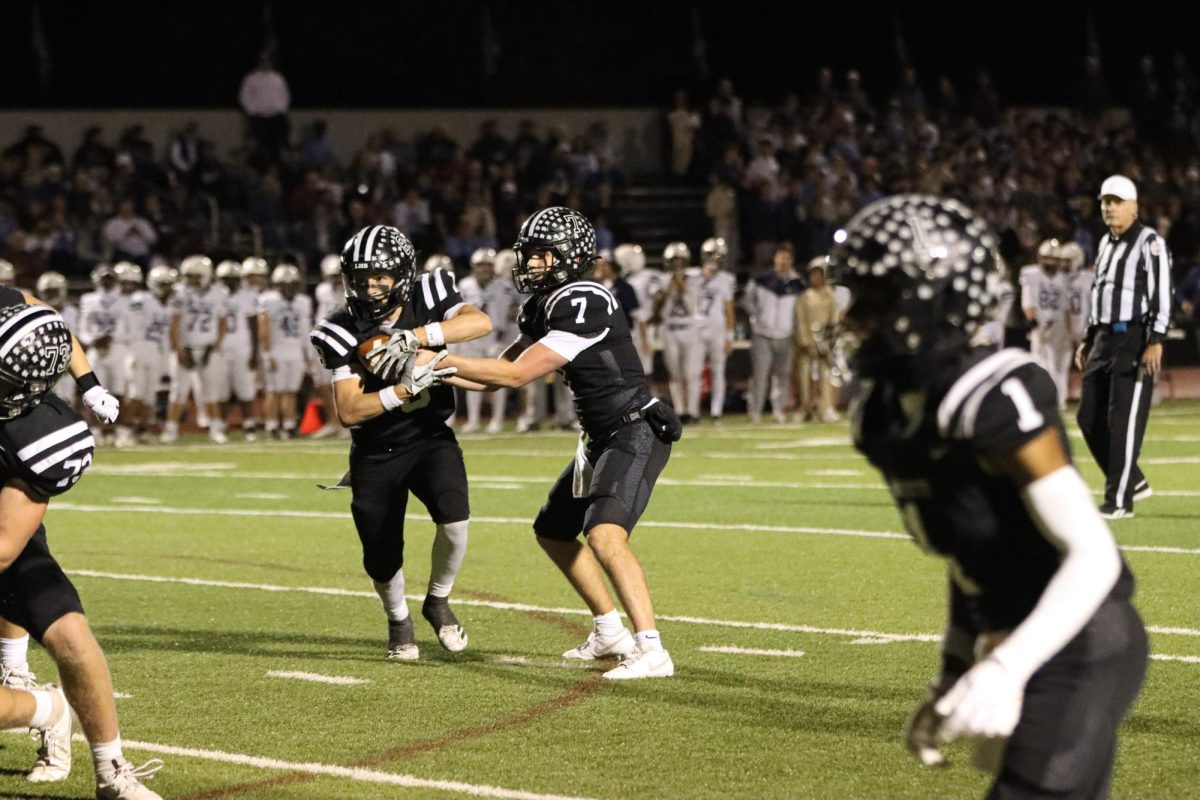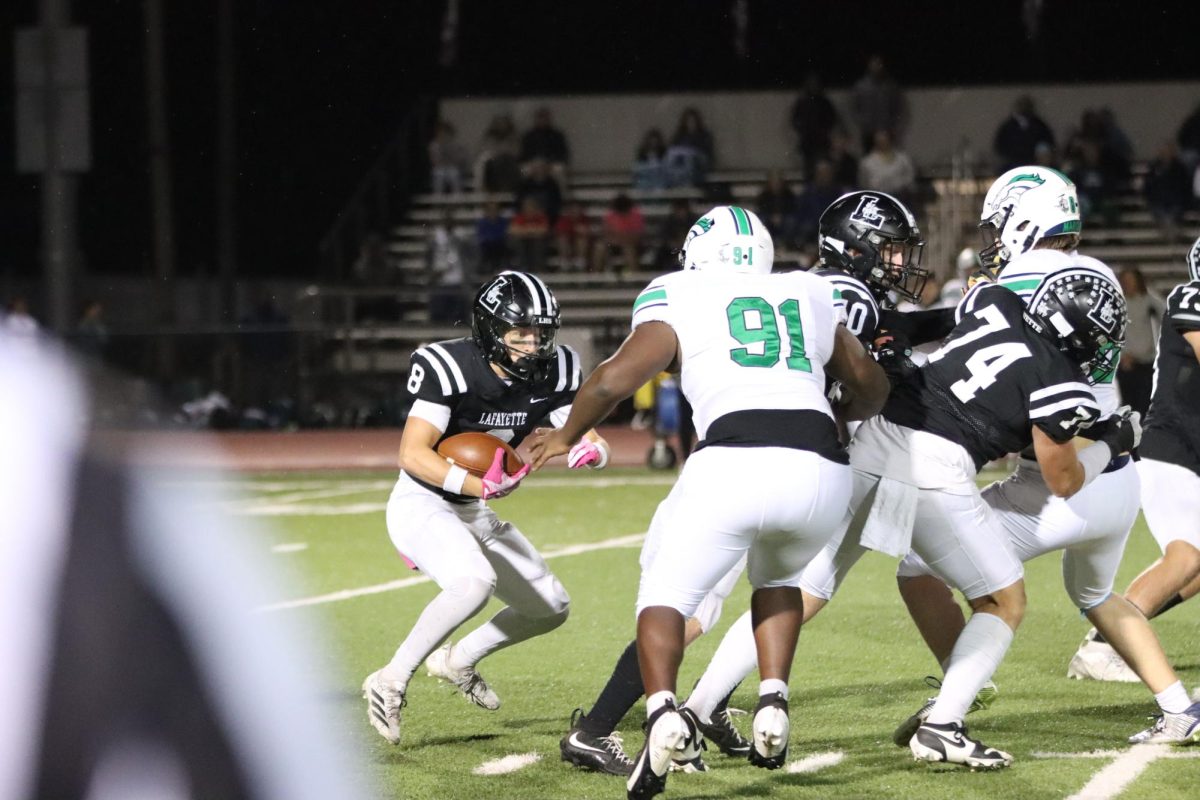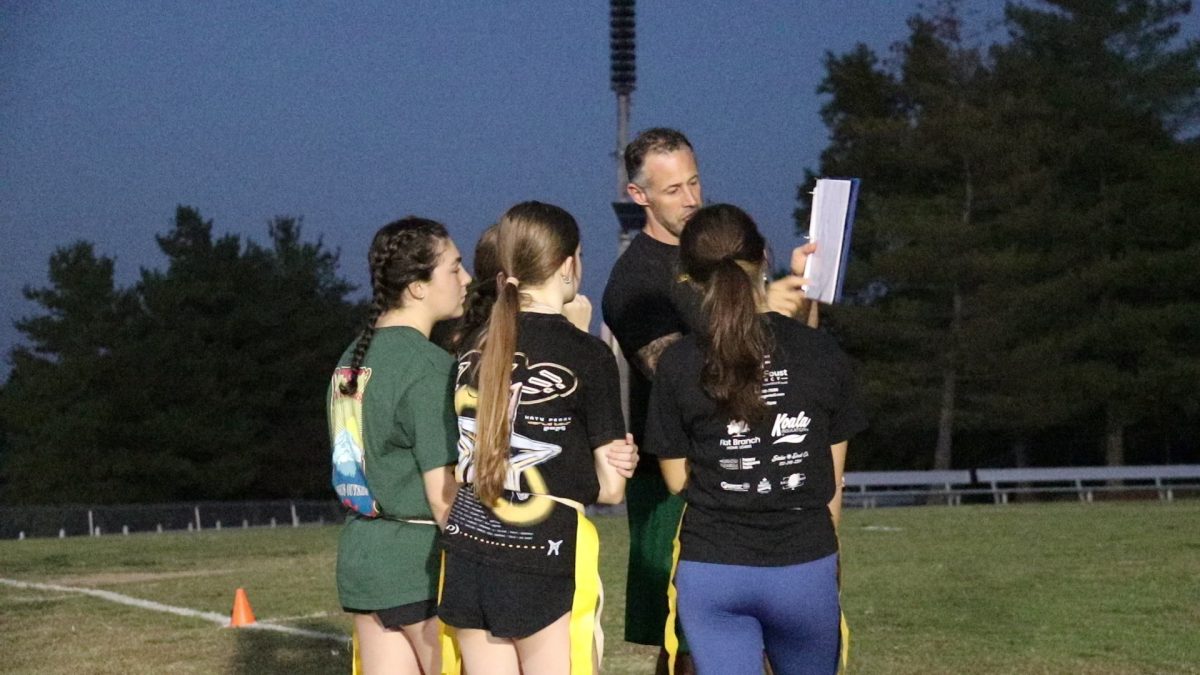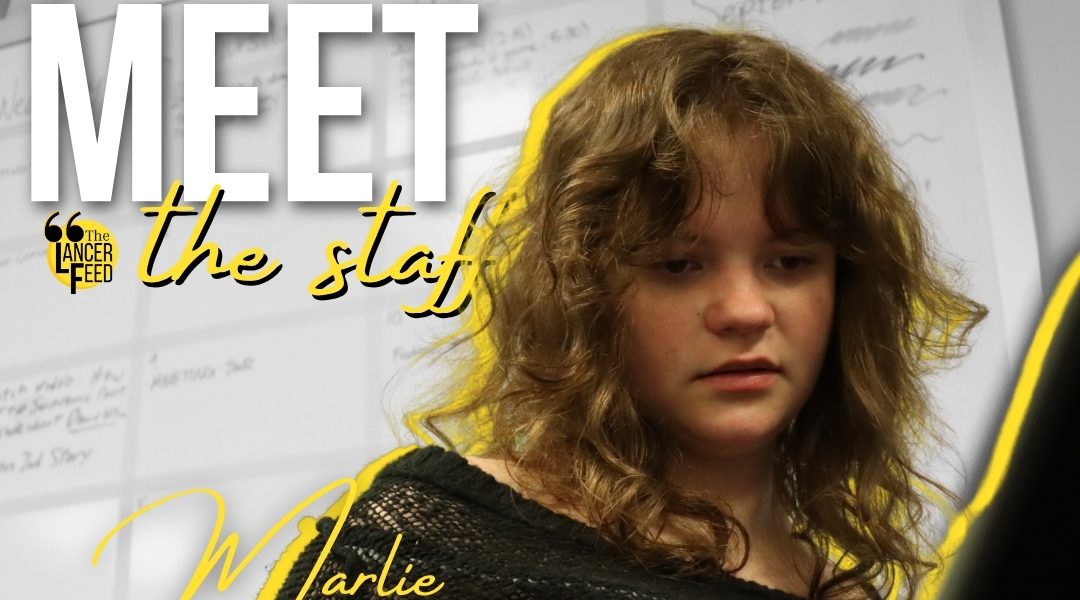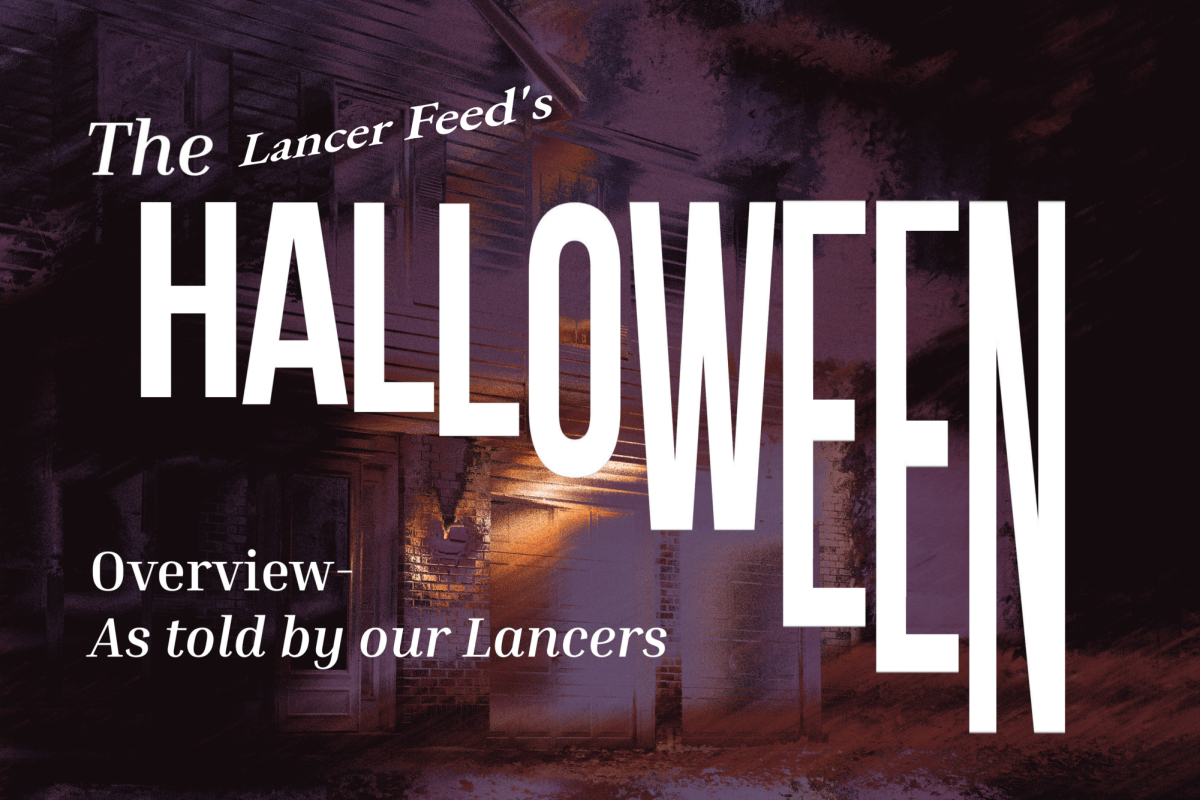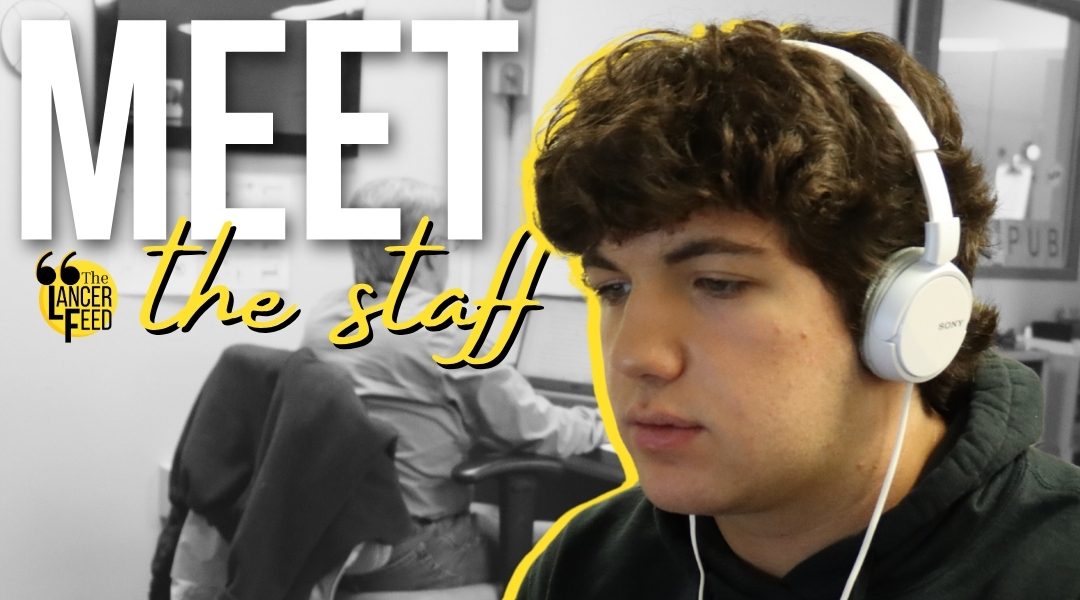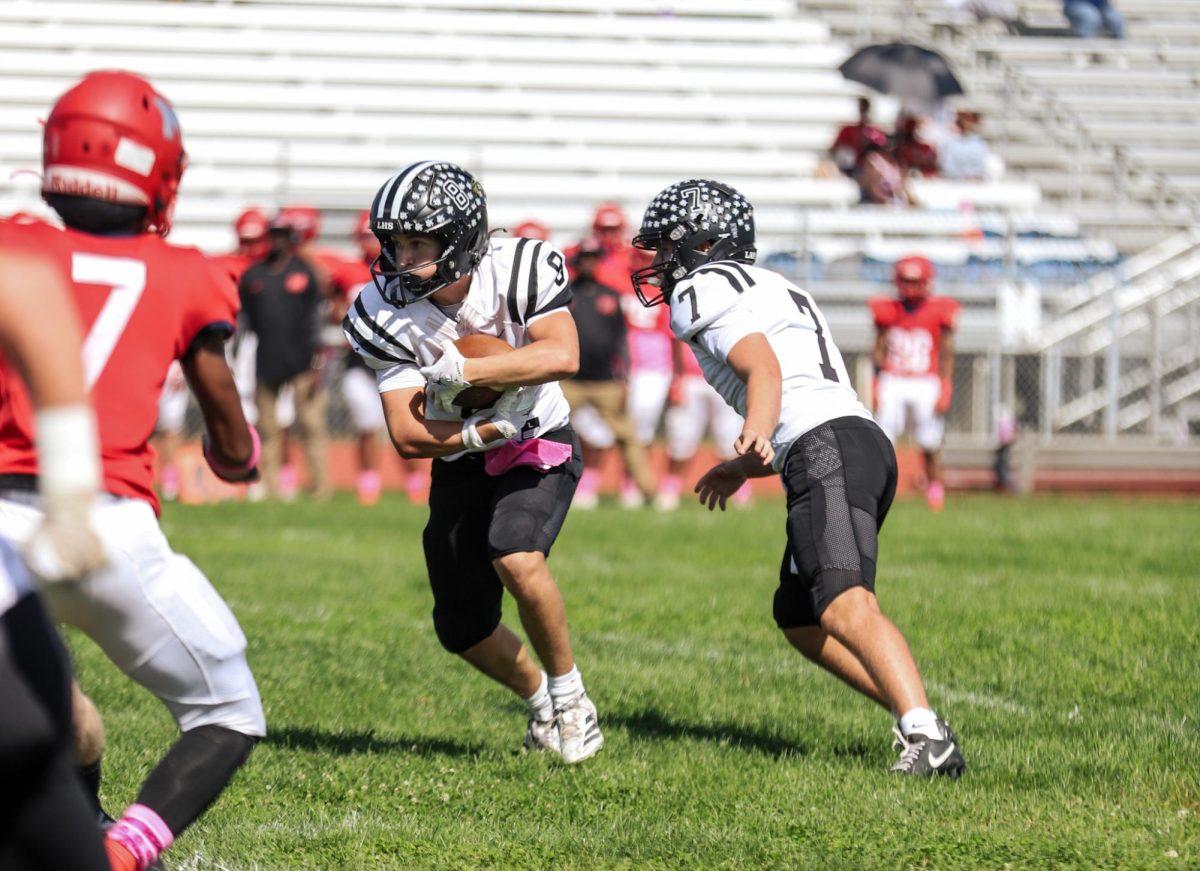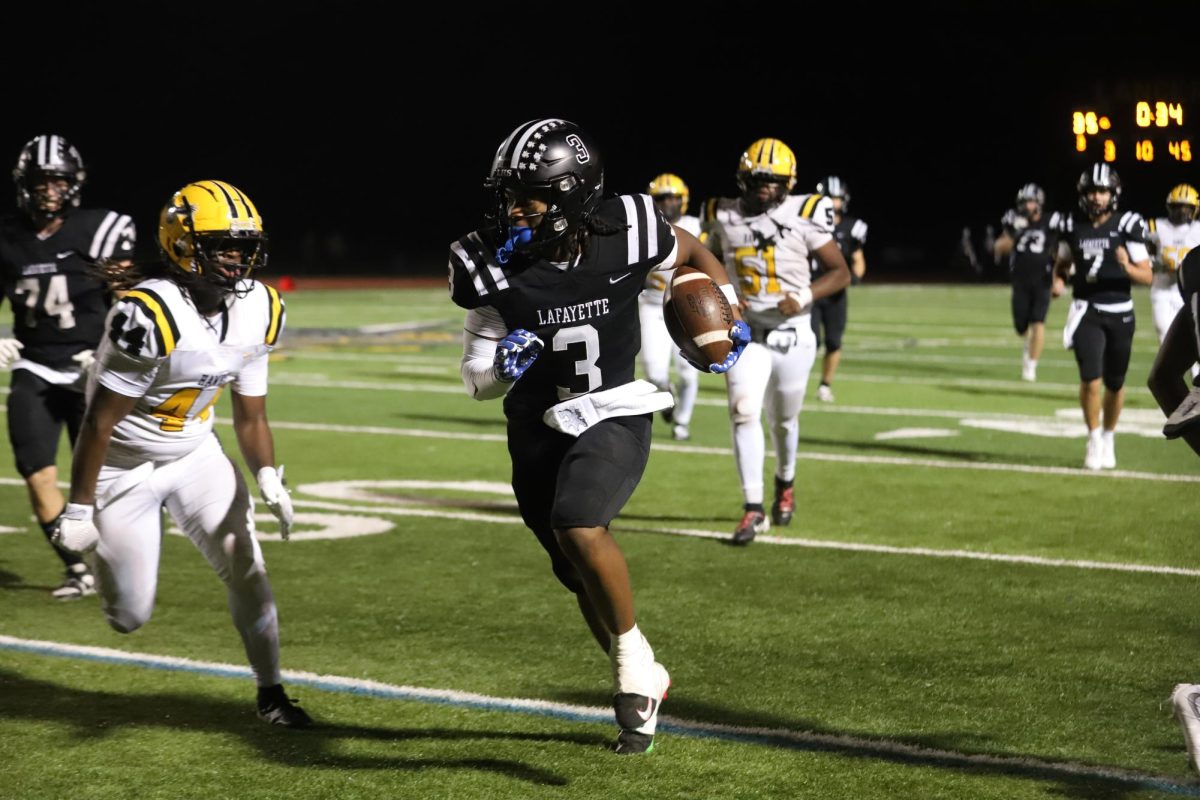Throwback Thursday: Phil the groundhog predicts six more weeks
On the first snow day of the school year, freshman Giancarlo Fernandez spends his day building a snowman in his neighborhood. Rockwood has announced two snow days in the school year because of inclement weather. Phil the groundhog then predicted six more weeks of winter on Feb. 2.
February 2, 2023
Following the second snow day for the Rockwood School District, the infamous Punxsutawney Phil, the groundhog in Pennsylvania saw his shadow after coming out of his burrow on Feb. 2, indicating six more weeks of winter.
Groundhog Day is a North American tradition that has been going on for 136 years, and it’s where the native forecaster predicts the weather for the upcoming weeks. The common understanding of this day is that if the groundhog sees his shadow, he will get scared and go back to his burrow for hibernation, indicating a continuing cold season. On the other hand, if the groundhog doesn’t see his shadow, it means spring is right around the corner.
Some states across the U.S. have activities planned for Feb. 2, but in St. Louis County specifically, there aren’t any large events.
“The Zoo does not have any groundhogs, and we do not do anything special for Groundhog Day,” Rosemary Wall, the Guest Experience Supervisor at the St. Louis Zoo, said.
It may not be a tradition that one can see in St. Louis, but people can indeed see Punxsatawney Phil’s prediction online with the streaming that happens every year.
The first Groundhog Day was celebrated on Feb. 2, 1887, at Gobbler’s Knob in Punxsutawney, Pennsylvania. It all started when the Celts celebrated the pagan festival Imbloc, marking the beginning of Spring. As time went on with Christianity spreading around, Imbloc evolved into Candlemass, a feast celebrating the presentation of Jesus in Jerusalem. Within this festival, the main idea of Groundhog day arose. If it was a sunny Candlemass, then it meant that there would be 40 days of cold weather.
This tradition became widely known, and the Germans decided to take on this idea and develop it. They kept the same date, Feb. 2, but decided that if all the badgers and other small animals saw their shadow, another cold season would persist.
It soon came to the U.S. when the Germans immigrated to Pennsylvania during the 18th and 19th centuries. They kept their custom but changed their furry weather forecasters to groundhogs due to the animals’ vast availability in the area.
Even with many years of experience in predicting the weather, according to the National Oceanic and Atmospheric Administration, Punxsutawney Phil has only been right about 40% of the time.



